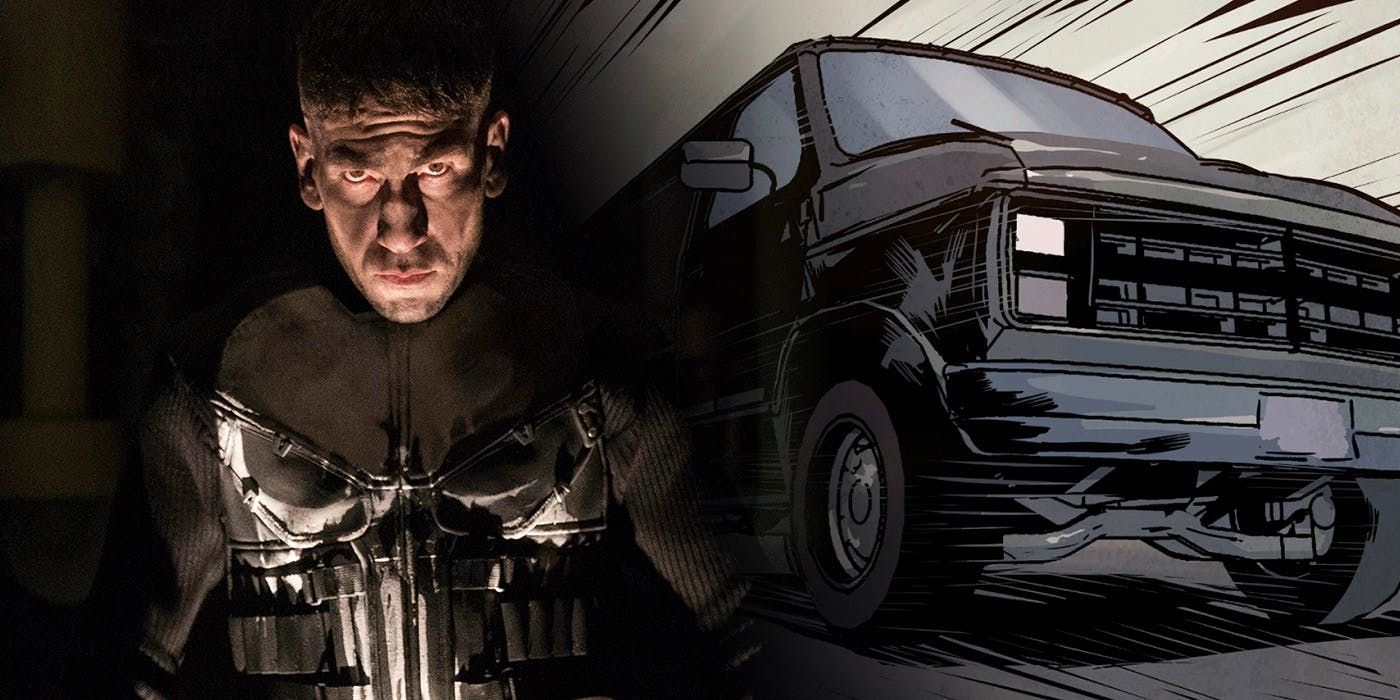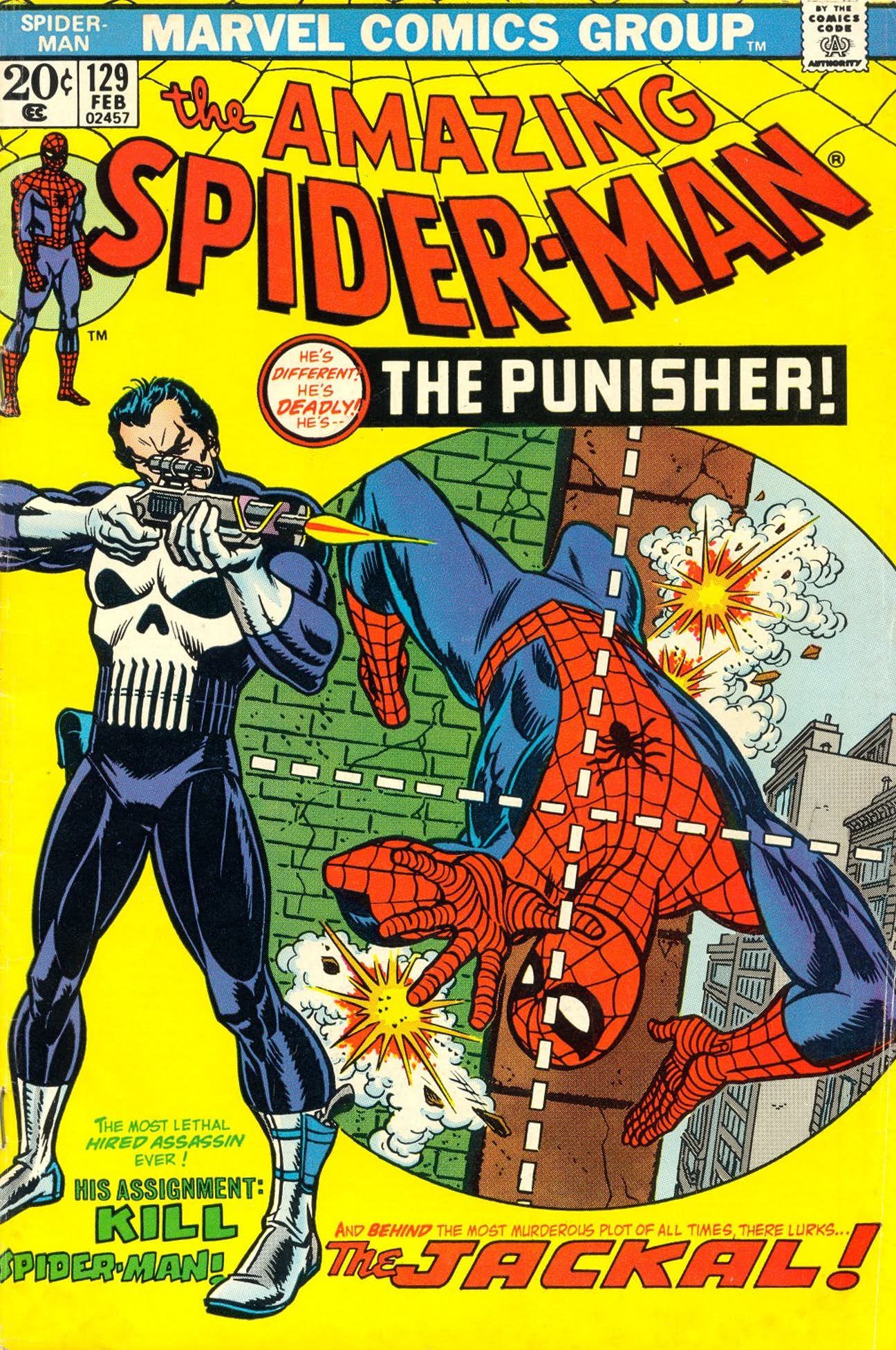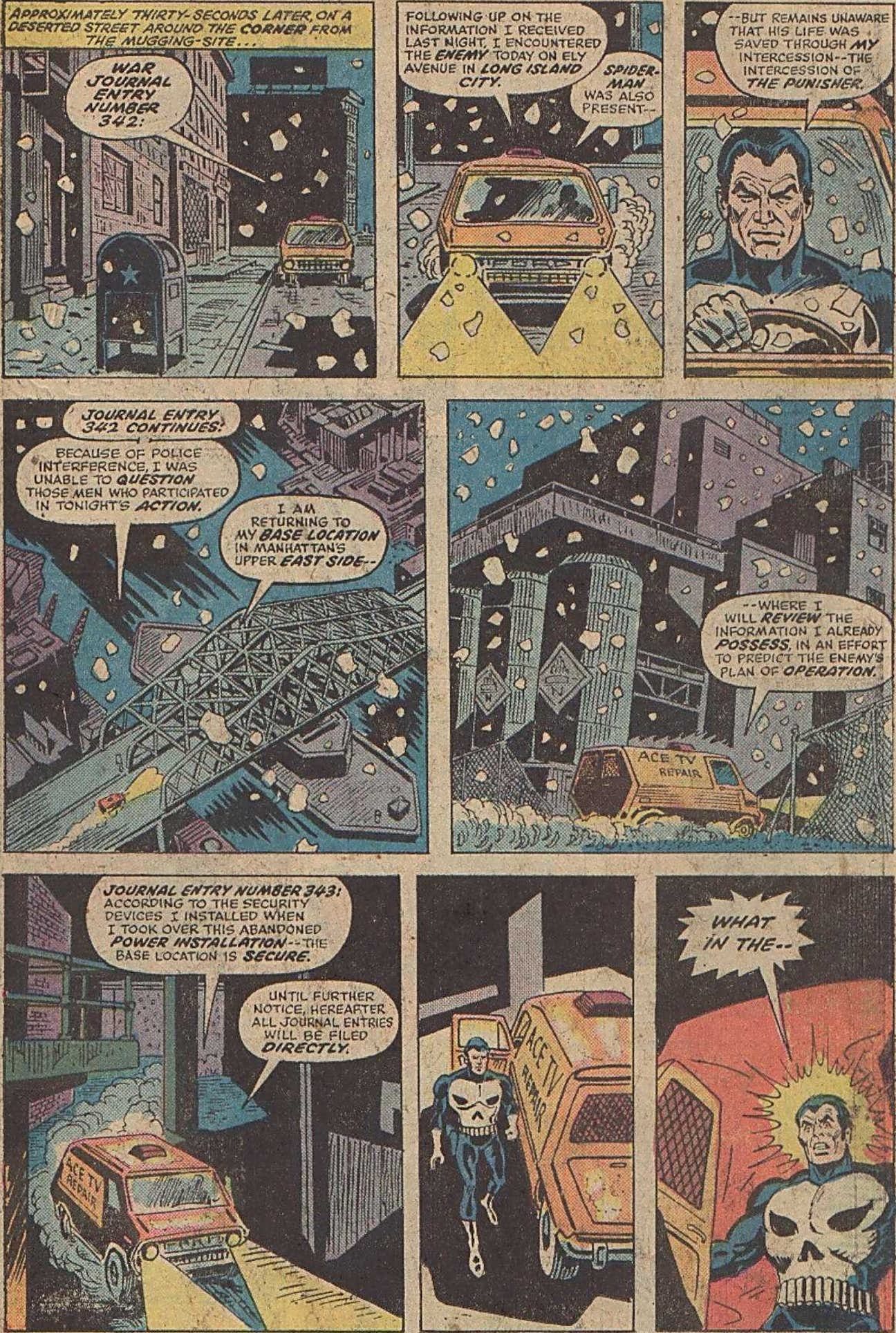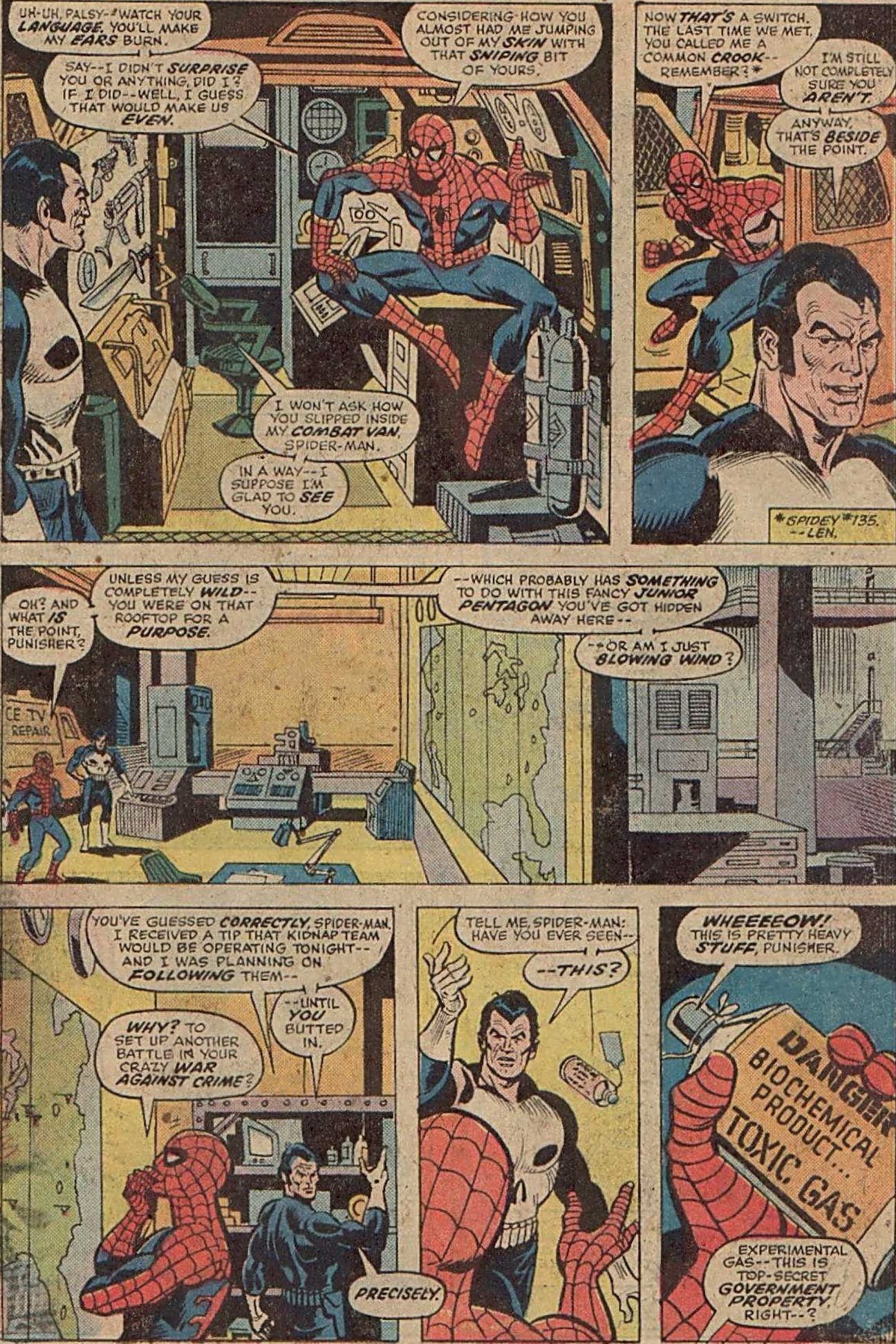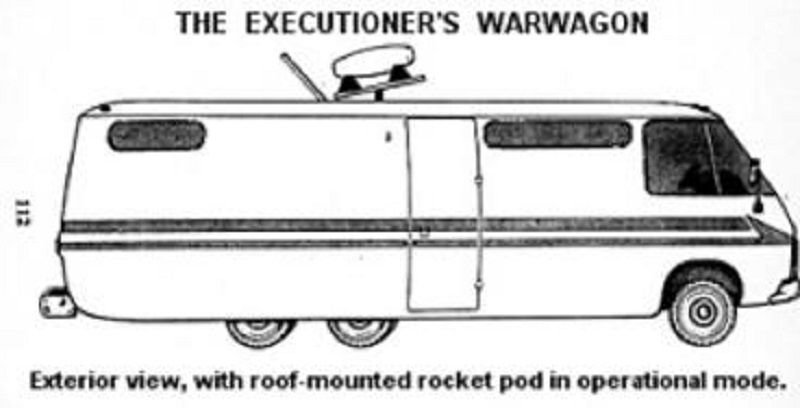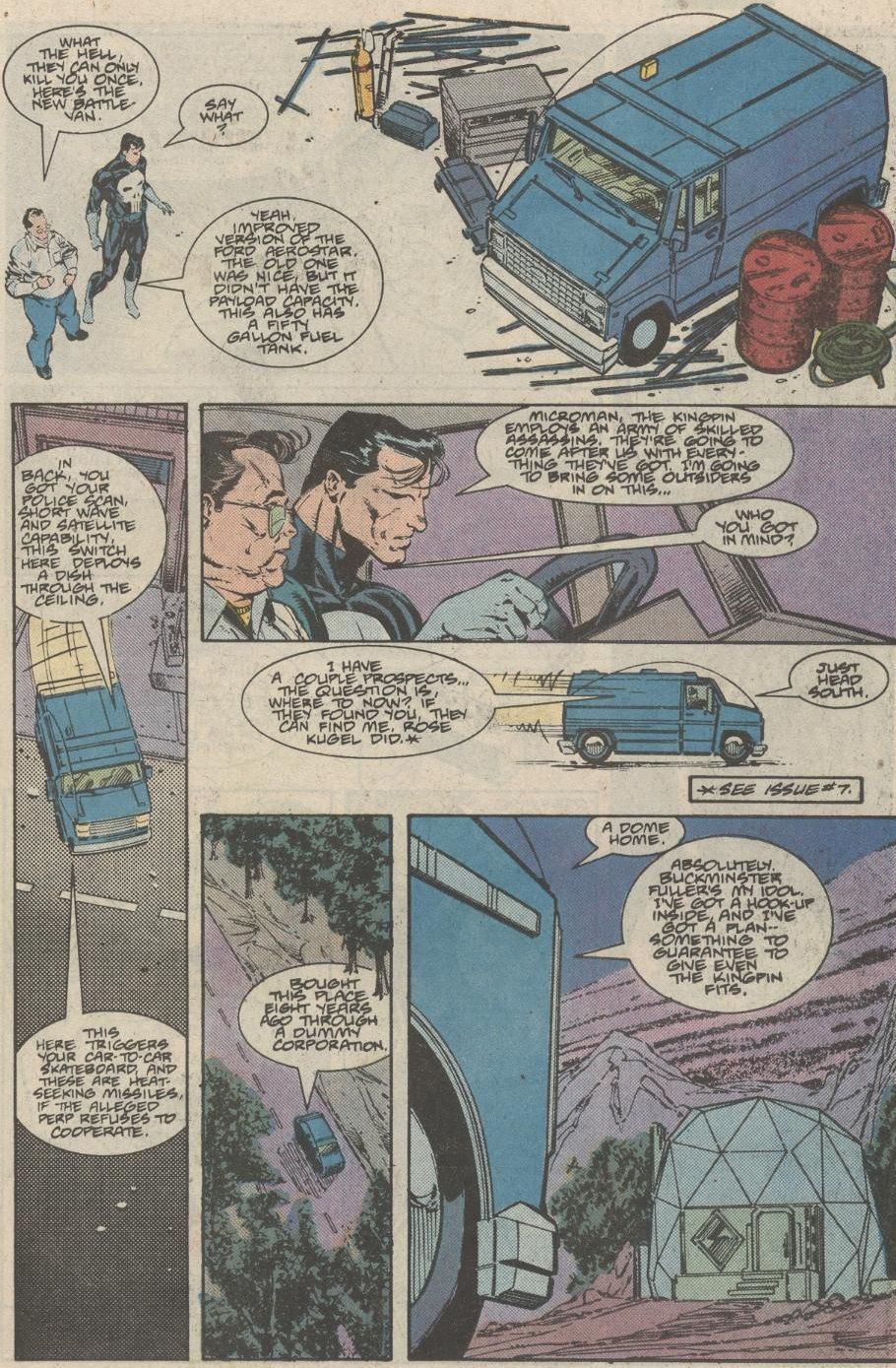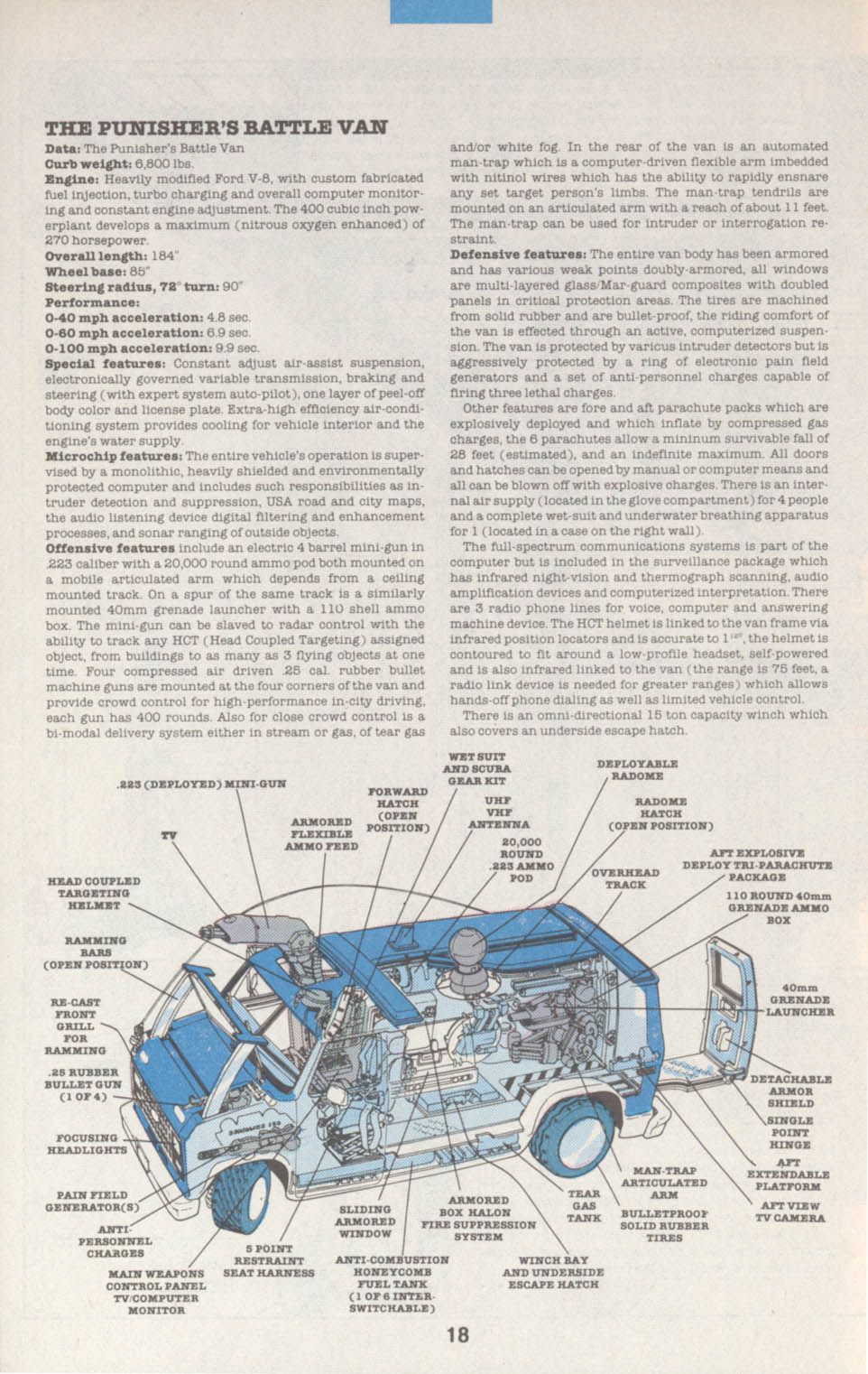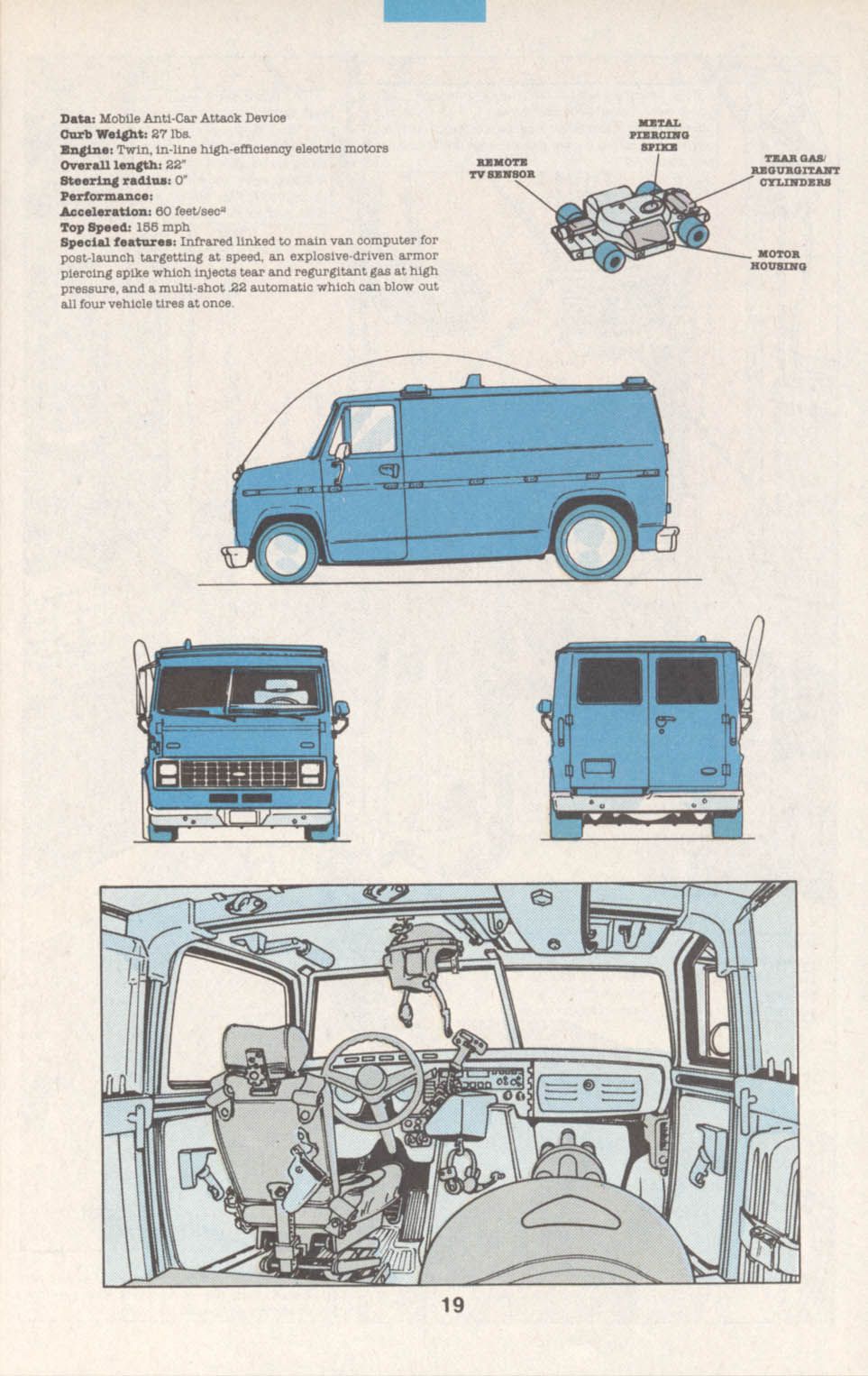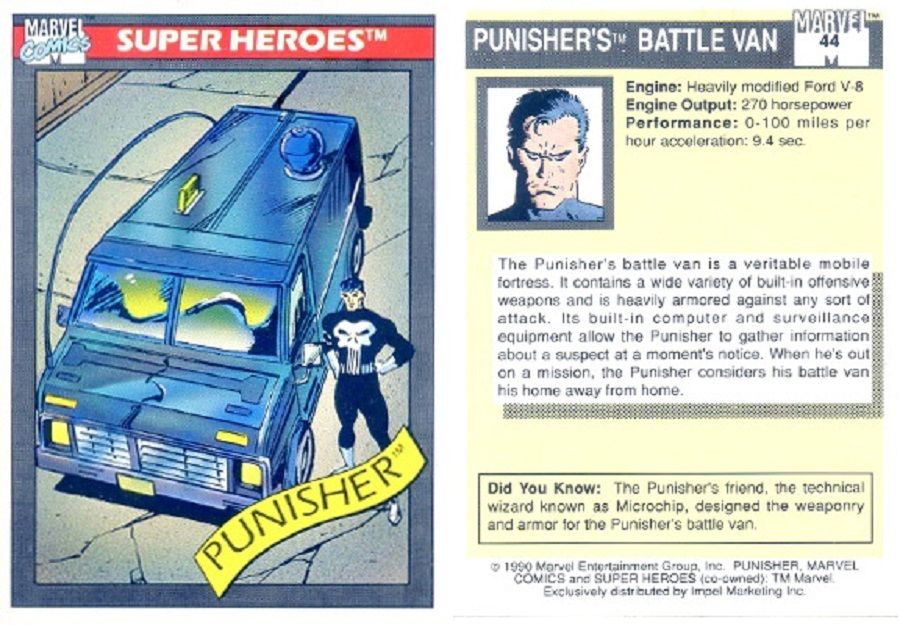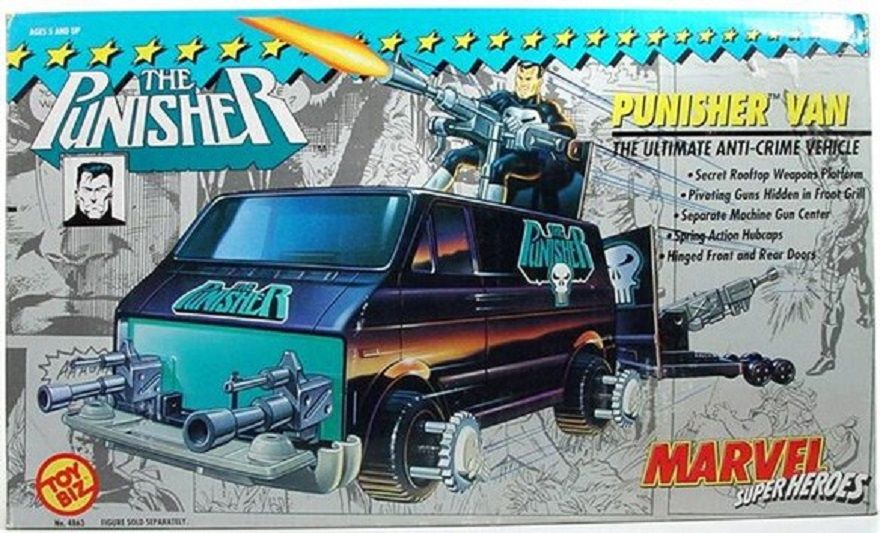Confirmation in September that the legendary Battle Van will appear on Marvel's The Punisher undoubtedly excited longtime fans of the vigilante, even if they realized the version that roared onto television was destined to be different from the comics. So, no mini-gun that deploys like a periscope from the roof or (as far as we know) spring-action hubcaps. But how does the vehicle on the Netflix drama compare to the Battle Vans depicted in comics and elsewhere?
RELATED: The Punisher's Battle Van To Appear on Netflix Series
Obviously, before we even discuss the specifics of The Punisher's van, we have to look at the inspiration for The Punisher, period. In 1969, author Don Pendleton released Attack on the Mafia, the first novel to feature his character Mack Bolan, a Vietnam veteran home from the war and ready to use his combat skills to take down the mafia after they orchestrated the downfall of his family.
The book was a massive hit and soon spawned more novels starring Bolan, who became known as the Executioner. The whole "urban vigilante" approach inspired a number of other writers in novels, film, television and, of course, comic books. A young writer named Gerry Conway was inspired by Bolan to introduce a similar character in The Amazing Spider-Man #129.
Conway later recalled, "I liked the idea of The Punisher, a loner, operating on the outside of the law and society, in a war to destroy all crime. I thought it would be interesting to have him go after Spider-Man, because the Daily Bugle had been calling him a criminal. The Punisher was a tough, unpredictable character. My inspiration was The Executioner series … the paperback books by Don Pendldeton. They’re modern equivalent of the pulps. That’s what gave me the idea for the lone, slightly psychotic avenger. he’s a character lik the classic pulp heroes. There’s even a little of The Shadow in The Punisher."
Now, as noted, lots of people were inspired by Pendleton's Mack Bolan around this time. However, there was another unique aspect of The Executioner: He told hist stories through a series of journals, and he had a special van decked out as his "War Wagon." The vehicle didn't often appear on the covers of the novels, but here's one on which it did ...
In Giant-Size Spider-Man #4, Conway introduced a "War Journal" for The Punisher, as well as a special combat van.
Pendleton appeared to be at peace with the notion that the basic elements of The Executioner would be copied for other stories, as even his own publisher farmed out the broader concept to other writers. However, he was actively irritated at what he felt was Marvel Comics borrowing too many elements from the Bolan novels, once noting in response to a question about whether people were stealing his stories: "No, not exactly chapter and verse, but The Punisher took a lot of what I consider 'signature pieces,' including Bolan’s War Journal, the War Wagon and various situations which The Punisher incorporated. I created the high-tech War Wagon in 1973, after using a much simpler version in previous books. The new War Wagon was built around a gutted GMC motor home put together by Bolan with the help of engineers who were sympathetic to his cause. It was a fantastic vehicle with high-tech weapons on board.”
Page 2: [valnet-url-page page=2 paginated=0 text='The%20Punisher%20Gets%20His%20Own%20Comic%20--%20and%20a%20Battle%20Van']
That was probably the closest Pendleton ever came to wanting to sue someone. But ultimately, it was just too much of a hassle for an author doing so well with his own novels. It really annoyed him, however, when people would later accuse him of stealing from The Punisher.
The Punisher remained a minor figure in Marvel comics throughout the rest of the 1970s, popular enough as an occasional guest star, but not rate his own feature outside of Marvel's black-and-white magazine line. That changed in 1986, when Steven Grant, Mike Zeck and John Beatty brought the character to true stardom with his first color miniseries. That led to an ongoing series, written by Mike Baron, in 1987. Now, as a supporting character, obviously The Punisher could work by himself, as he would play off of the protagonist, like contrasting his methods with those of Spider-Man. However, with an ongoing series, Baron needed a bit of a foil for Frank Castle, so he introduced his tech expert, Microchip.
That also helped to explain who was maintaining Castle's tech, as his original go-to guy, the Mechanic, died early in The Punisher's comic book career. So Micro was the new explanation for how The Punisher's weapons and computers were so state of the art. In The Punisher #15 (by Baron, Whilce Portacio and Scott Williams), Micro introduced a new van:
Amazingly enough, The Punisher's Battle Van did not get an entry in the original Official Handbook of the Marvel Universe, which debuted in 1982. He probably wasn't famous enough just yet. However, in 1990, Castle received, in effect, his own "Official Handbook of the Punisher Universe," called The Punisher Armory. In the first issue, Elliot Brown drew the schematics for the Battle Van:
That same year, the van received its own trading card!
When the Marvel ToyBiz line exploded in popularity, you better believe The Punisher's van was turned into a toy.
In recent years, The Punisher had not used the special van as much, and he didn't employ it any of his movies.
On Marvel's The Punisher, however, the van is much more utilitarian, stocked with medical supplies, far more "mundane" weapons, Castle's military rations and, much to his surprise, Micro's far more appetizing hoagies. It doesn't boast some of the fantastical elements of the original Microchip-designed Battle Van; after all, Marvel's Netflix dramas are far more grounded than its comics.
Arriving Friday, Nov. 17, on Netflix, Marvel's The Punisher stars Jon Bernthal, Ben Barnes, Ebon Moss-Bachrach, Amber Rose Revah, Deborah Ann Woll, Daniel Webber, Jason R. Moore, Paul Schulze, Jaime Ray Newman and Michael Nathanson.

